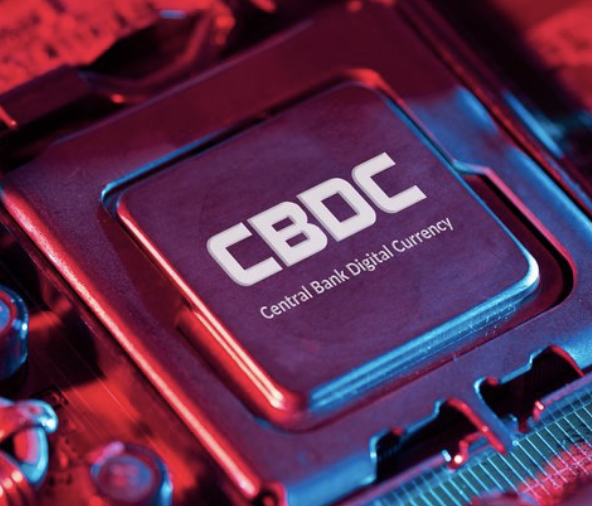A cashless society is a surveillance society. pic.twitter.com/QqHAFl6lEp
— WOLSNED 🇬🇧 (@wolsned) September 20, 2022
The digital yuan was born as China’s answer to Facebook’s Libra, says Wired.UK. But it’s much more than that.
In April 2020 a grainy screenshot of China’s sovereign digital currency, DCEP (short for Digital Currency/Electronic Payments) or the Digital Chinese Yuan (DCNY), was leaked online. The image showed a wallet for the DCNY provided by the Agricultural Bank of China, with payment functions, QR codes, and the ability to tap phones together to pay offline. While the People’s Bank of China (PBOC) had started researching digital currencies as early as 2014, the screenshot was the clearest indication of how far along in the process they were.
Soon after, pilot programmes were rolled out in a few major cities. In Suzhou, the DCNY was used to pay half of the travel subsidies owed to public servants. In October 2020, more than 47,000 people in the Luohu district of Shenzhen spent 8.8 million yuan (£986,000) during a week-long trial of the digital currency. During the trial, over 62,000 transactions were made. By May 2020, China had already filed more than 120 patent applications for its official digital currency, more than any other country. In Xiong’an, a new urban centre near Beijing, 19 companies, including foreign brands like McDonald’s, Starbucks, and Subway were invited as participants to test the DCNY. As of July 2021, trial users have created more than 20 million digital yuan wallets and executed over £3.6 billion worth of transactions with the new CBDC.
While still in its infancy, these pilot programmes taken together with statements from the PBOC itself show the extent to which China is powering ahead with its own central bank digital currency (CBDC), at a time when the rest of the world is just starting to tentatively explore the future possibilities for their own economic systems.
According to research from the Bank of International Settlements, 86 per cent of the 60 central banks they surveyed are now exploring CBDCs, and 40 per cent are already building proofs-of-concept. A CBDC is a digital version of a fiat currency. More than 88 of CBDC projects, at pilot or production phase, use blockchain as the underlying technology. However, unlike cryptocurrencies which use blockchain as a way of maintaining anonymity and decentralisation in the system, CBDCs rely on a centralised ledger. This means that Central Banks are able to access an incredibly rich seam of data about the financial transactions of their populations – data that otherwise would not be captured by existing systems or would require going through intricate proxies.
“China’s digital yuan is a warning to the world.”#CBDCs https://t.co/1KK7y2mDMI
— James Melville (@JamesMelville) September 20, 2022
As we reported yesterday the Biden-Harris Administration has published policy objectives and a technical analysis for a potential U.S. central bank digital currency. Europe, as usual, is well on its way to even more control by central government and global elites.
"The global bankers want to install a Central Bank Digital Currency. But it’s not a currency. That’s what you need to understand. What we are talking about is a “Tokenised Control System” that is going to be implemented." @SikhForTruth https://t.co/JUI3ox4ND5 via @truthunmuted
— TruthUnmuted (@truthunmuted) September 15, 2022
As it all depends upon a digital identity, that’s what we must fight first. That’s because “A biometrically secured EU digital identity wallet will allow citizens across the continent to verify their identities, access public and private services, and store sensitive digital documents in one place.” Cross-border cooperation requires agreements with government agencies, banks, and technology providers to integrate digital payments and digital identity across borders. All of that is ripe with opportunities for today’s bad guys: political global elites, Big Tech and the money that used to be in banks but is now in private hands and now owns the world.
